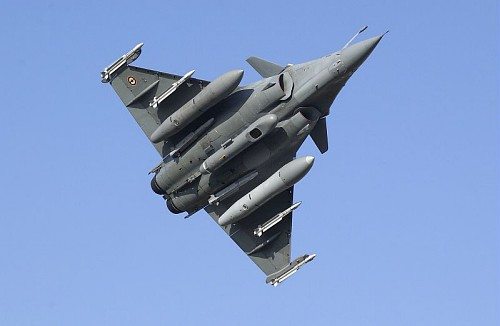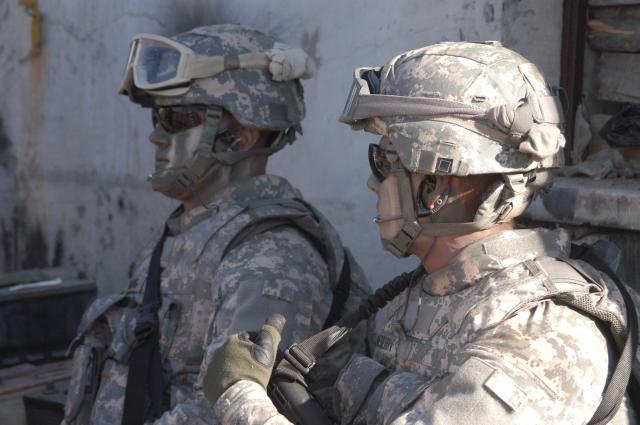Due to the increased recognition of advanced air platforms as a force multiplier, Middle Eastern Ministries of Defence (MODs) are acquiring defensive air capability in earnest. The regional military air market is accordingly set to generate revenues of $62.90 billion between 2010 and 2020.
New analysis from Frost & Sullivan, The Middle East Military Air Market – Revenue Opportunities and Stakeholder Mapping, finds that the Middle East military air market would earn revenues of $1280 million in 2010 and estimates this to reach $3906 million by 2020. The solid rise could be attributed to growing recognition of air assets as a force multiplier across all regional defence communities. The following countries are covered in the research: Saudi Arabia, UAE, Oman, Qatar, Kuwait and Bahrain.
“The Gulf Cooperation Council (GCC) countries are moving towards an integrated air defence network to include air platforms, air defence batteries and air surveillance systems under the ‘Peninsular Shield’ initiative; but the progress has been slow,” notes Frost & Sullivan Aerospace Analyst. “The use of networked force by the US and European forces in the Gulf War and the latest Iraq and Afghanistan wars have been a startling revelation for Middle Eastern MODs who are now keen on acquiring these capabilities.”
The new procurement surge over 2011-2015 highlights on-going big-ticket purchases, particularly in Saudi Arabia and the United Arab Emirates. Political influence weighs heavily in defence acquisition decisions. As a result, most new procurements are being sourced from the United States under Foreign Military Sales (FMS). There have been efforts to balance this relationship through procurements from elsewhere, including from Europe and Russia.
“The US and European arms regulations (such as ITAR and End User Monitoring) often restrain the export of sensitive defence technology and capability such as UAVs to the Middle East market,” states the Analyst. This has been a particular dampener for the Western defence companies who want to be part of the development success story in the region.
Tier-1 suppliers need to focus on identifying new procurement opportunities and position their equipment accordingly. They should examine and identify lacunae in the current inventory of a particular country in terms of mission/role specific platform and strive to fill these gaps.
“System integrators should consider the intangible value that the project brings to the company, provided a good-quality project and associated services are delivered,” concludes the Analyst. “This has the cascading effect of winning further bids elsewhere in the region: reference to past project has a distinctive advantage in the Middle East market.”
The Middle East Military Air Market – Revenue Opportunities and Stakeholder Mapping is part of the Defence Growth Partnership Service programme, which also includes research in the following markets: Middle East Strategic and Tactical Communications Market, Strategic Analysis of European Soldier Modernisation Markets, Middle East Oil & Gas Infrastructure Security Market and Asia Pacific Naval Communication Market. All research included in subscriptions provide detailed market opportunities and industry trends that have been evaluated following extensive interviews with market participants.
Frost & Sullivan enables clients to accelerate growth and achieve best-in-class positions in growth, innovation and leadership. The company’s Growth Partnership Service provides disciplined research and best-practice models to drive the generation, evaluation, and implementation of powerful growth strategies. Frost & Sullivan leverages 50 years of experience from more than 40 offices on six continents.











